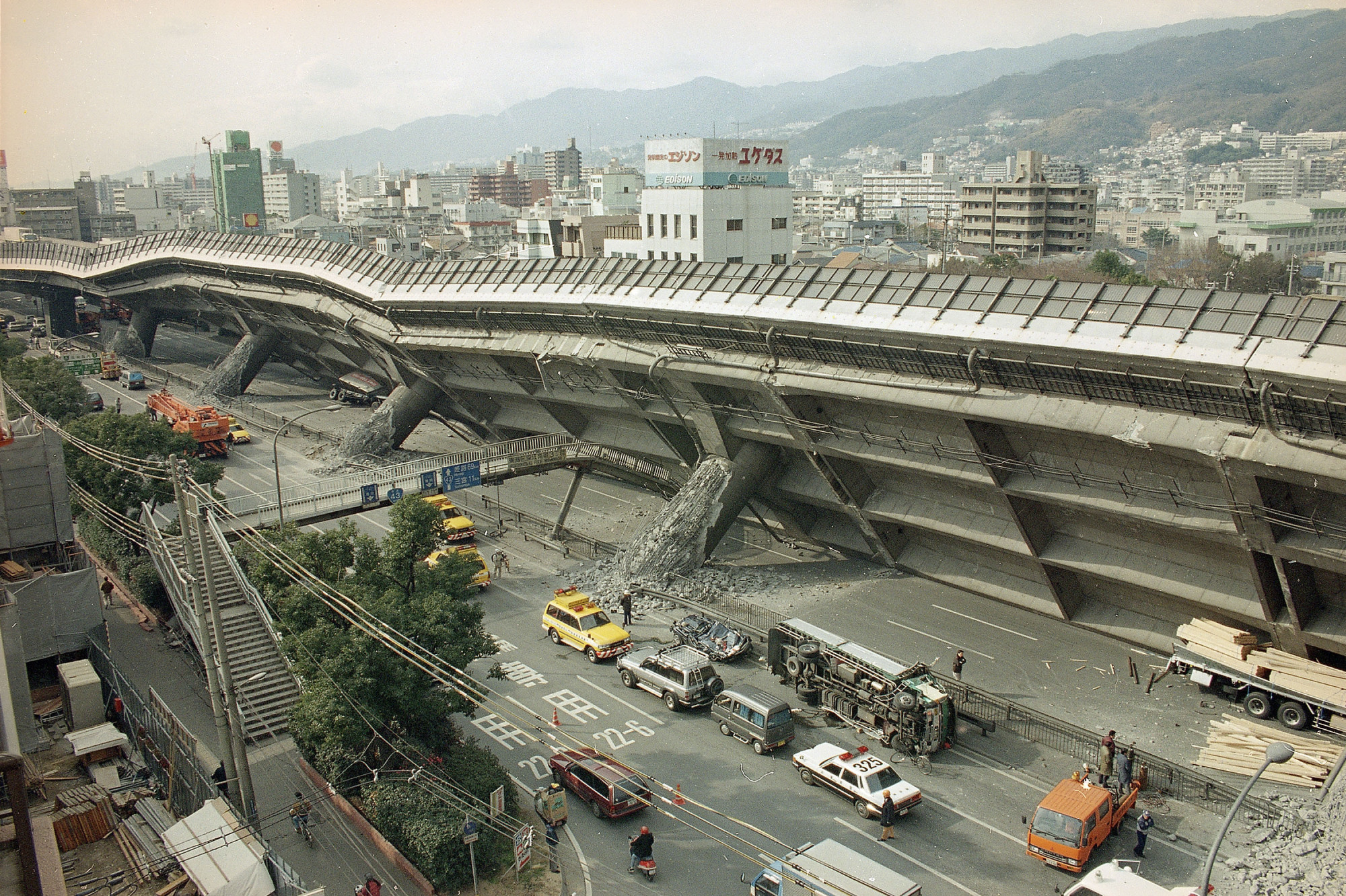A quarter century after the Great Hanshin Earthquake devastated the port city of Kobe and neighboring areas on Jan. 17, 1995, are we better prepared to defend against major disasters? Over the past 25 years, Japan has been hit by a string of big earthquakes, including the 2011 Great East Japan Earthquake and tsunami, which left more than 18,000 people dead or missing, and even worse casualties and damage are projected if a deadly inland quake hits Tokyo or a mega-quake strikes in the Nankai Trough off the Pacific coast. The government, businesses and every individual need to make sure the right lessons have been learned from the 1995 quake.
The Great Hanshin Earthquake — the first big inland quake to directly hit a major Japanese city after World War II — shattered the postwar "safety myth" in this country. The magnitude 7.3 quake killed some 6,400 people and injured more than 40,000, destroyed 240,000 houses and crippled the city's urban infrastructure.
The killer quake exposed the nation's poor crisis management system. Unable to grasp the extent of the damage for hours after the quake, the national government came under heavy criticism for its slow response to the catastrophe. The lack of a mechanism in Tokyo to promptly gather information from and communicate with the disaster-ravaged areas paralyzed the government's disaster-response functions. That led the government to improve its crisis management. A Cabinet team was launched to gather information on big disasters on a 24-hour basis. When the Great East Japan Earthquake hit on March 11, 2011, the government held the first meeting of its emergency disaster management team within 30 minutes of the magnitude 9.0 quake.


















With your current subscription plan you can comment on stories. However, before writing your first comment, please create a display name in the Profile section of your subscriber account page.